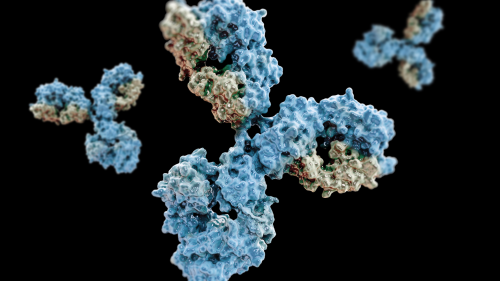
Immunoglobulin heavy chain deficiencies
Related gene(s): Deletion of multiple genes in the immunoglobulin heavy chain region on chromosome 14
Inheritance pattern: Autosomal recessive
In rare individuals, multiple genes that code for different immunoglobulin heavy chains, which determine antibody class and subclass (IgA, IgG1, IgG2, etc.), may be missing (deleted). These people can only make one or a few types of immunoglobulin (for example, only IgM and IgG3). These individuals can range from having a complete absence of antibodies (agammaglobulinemia) to exhibiting susceptibility to respiratory and other infections to being asymptomatic depending on the size of their deletions.











